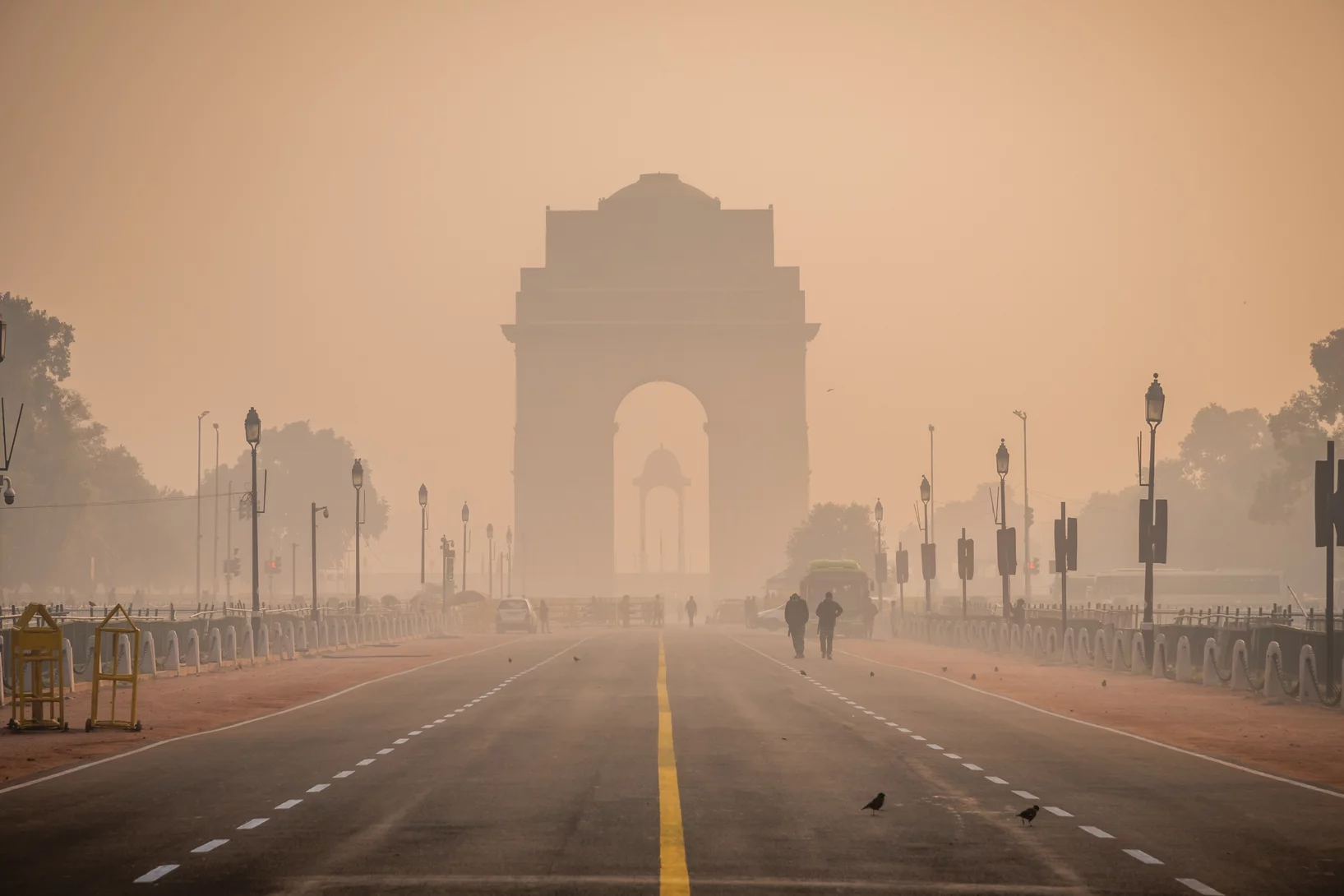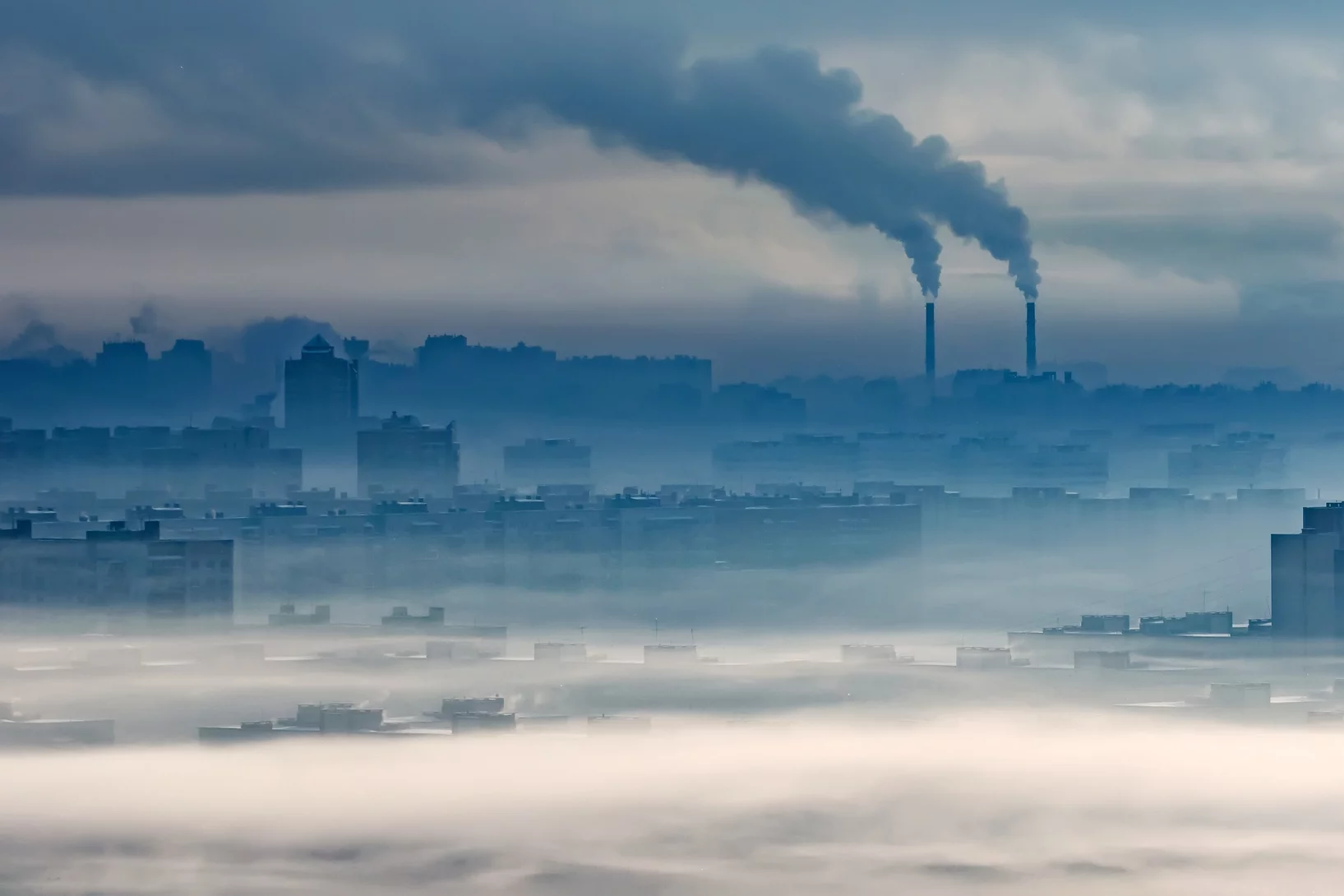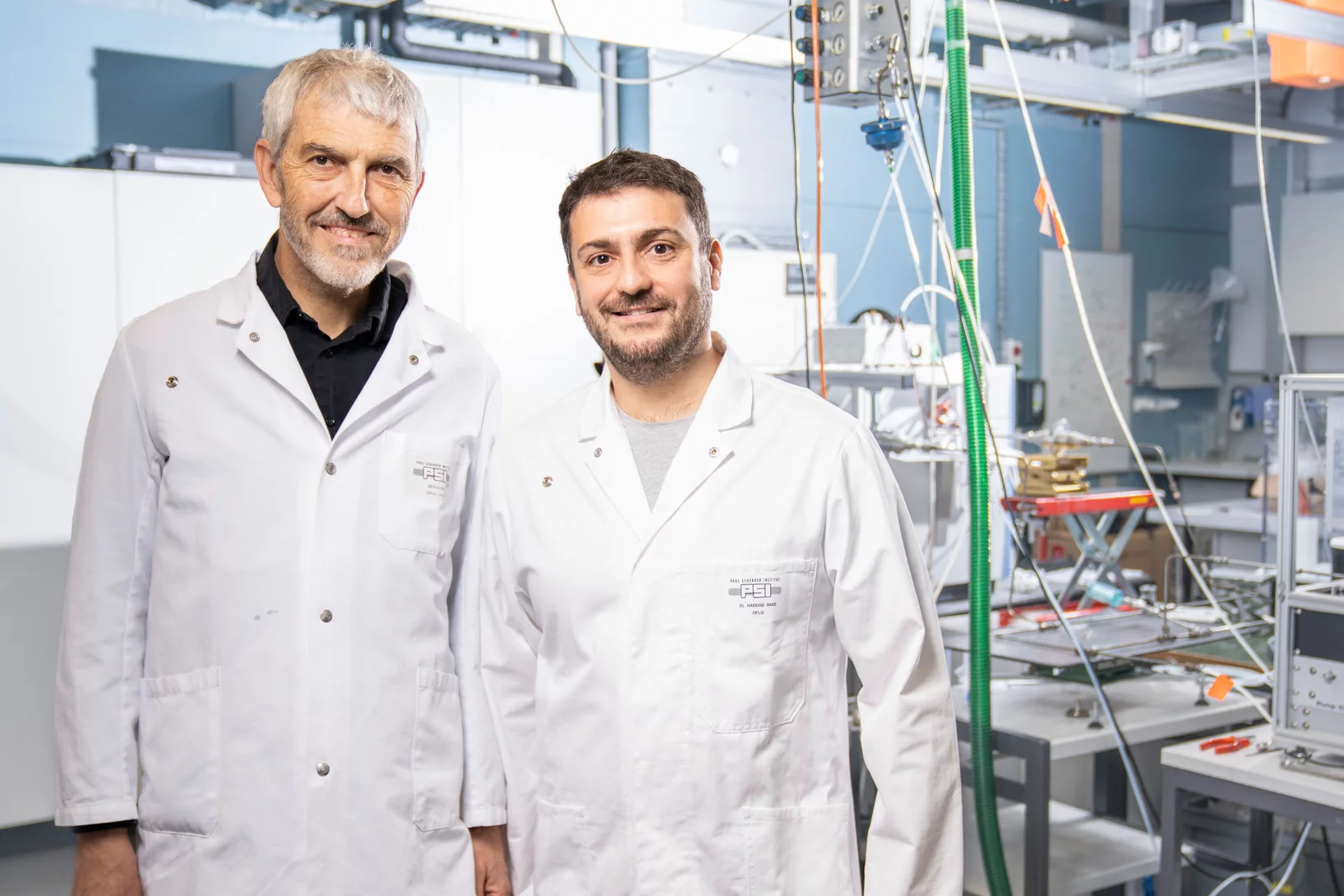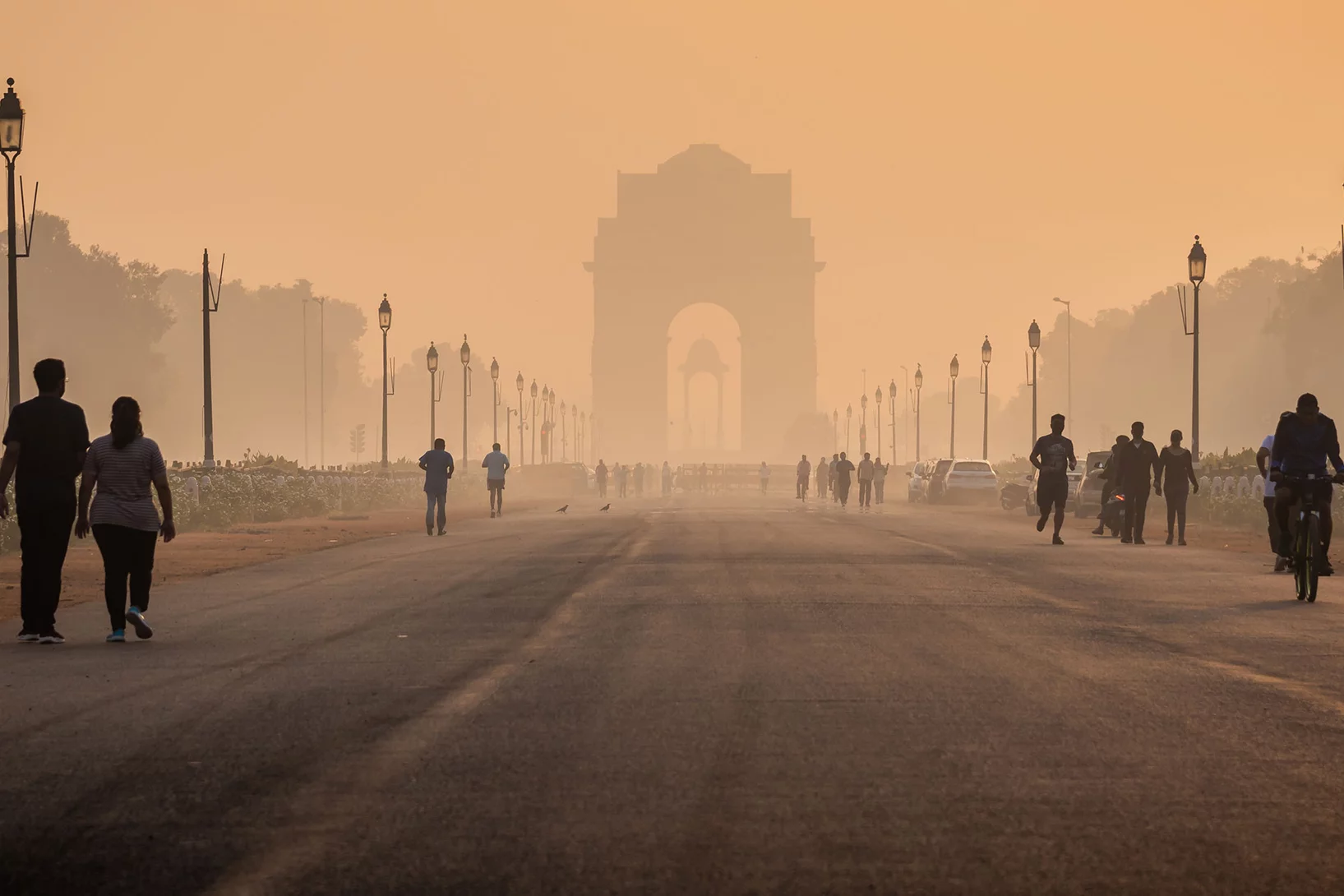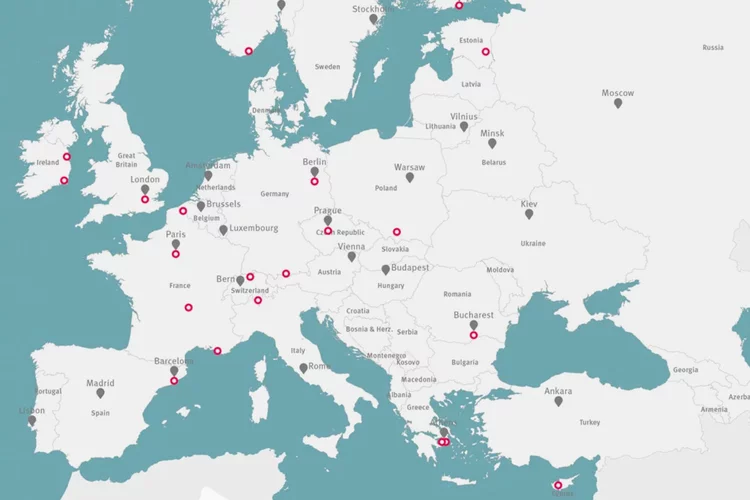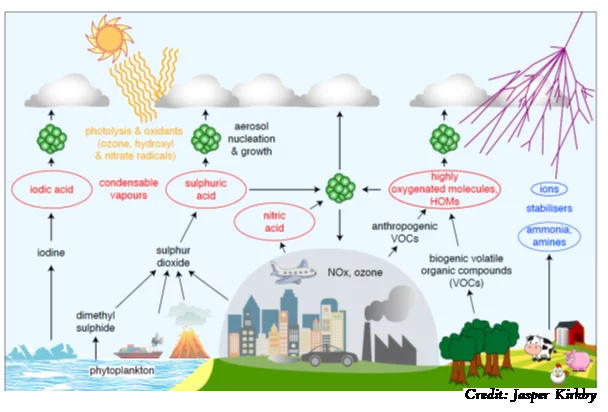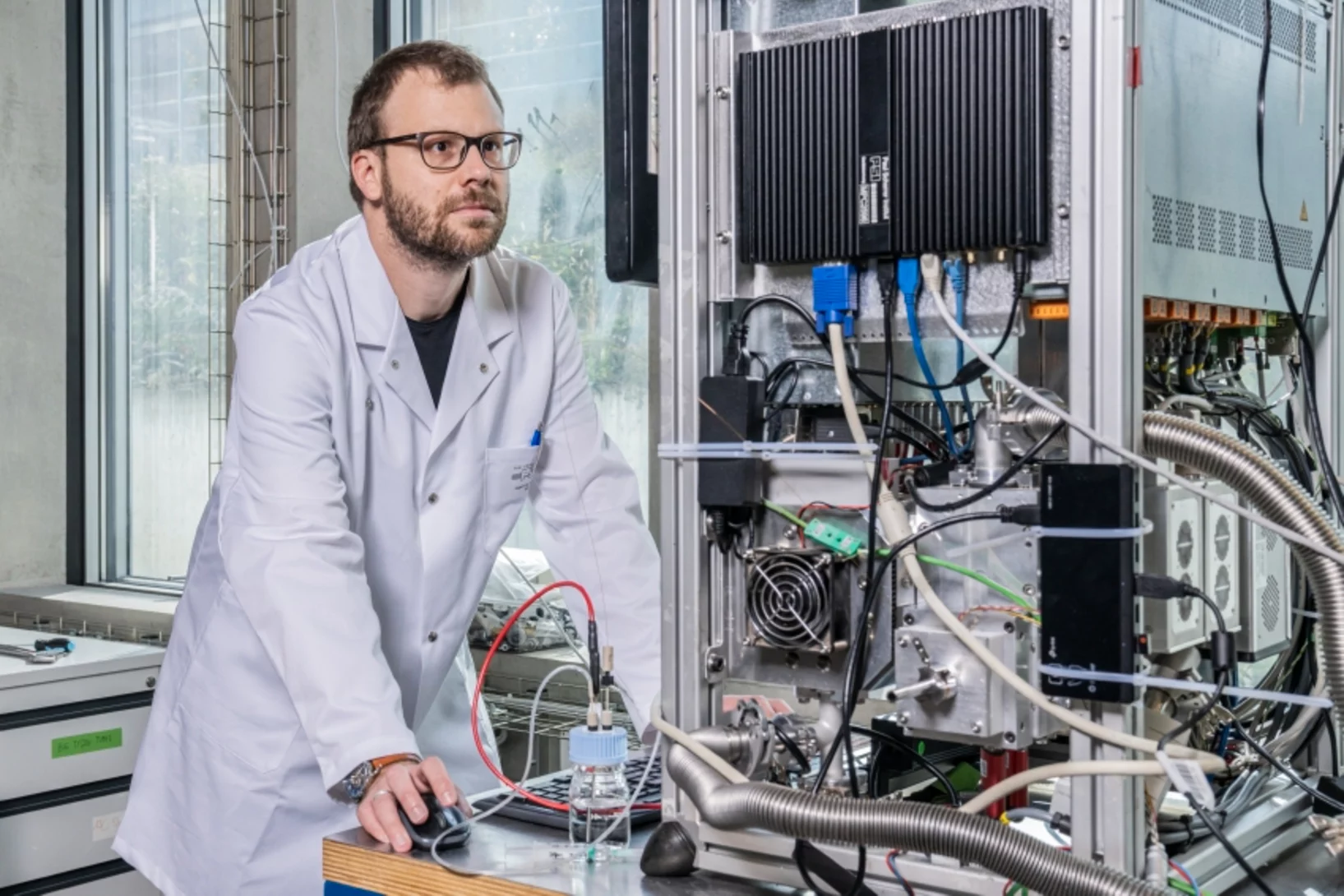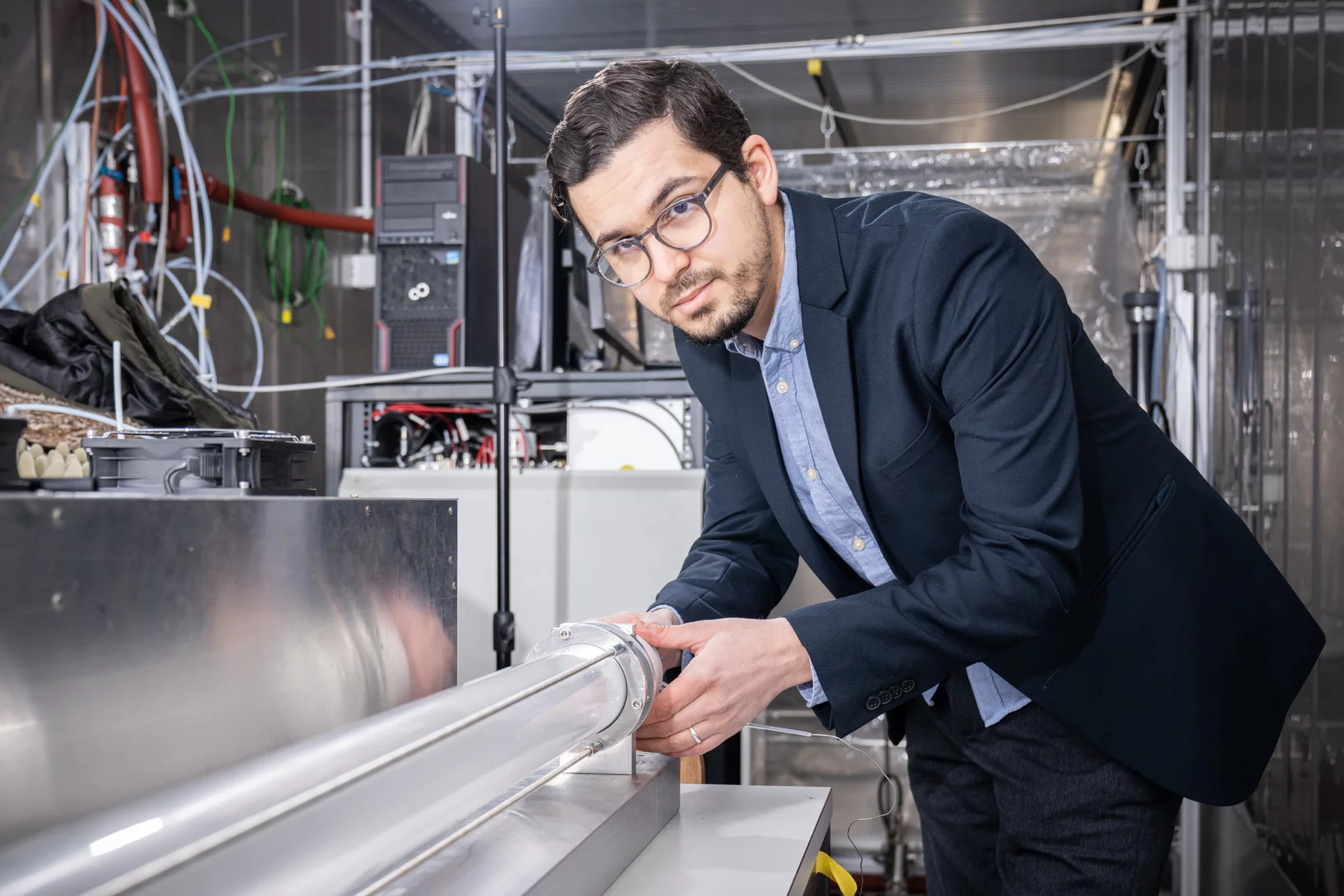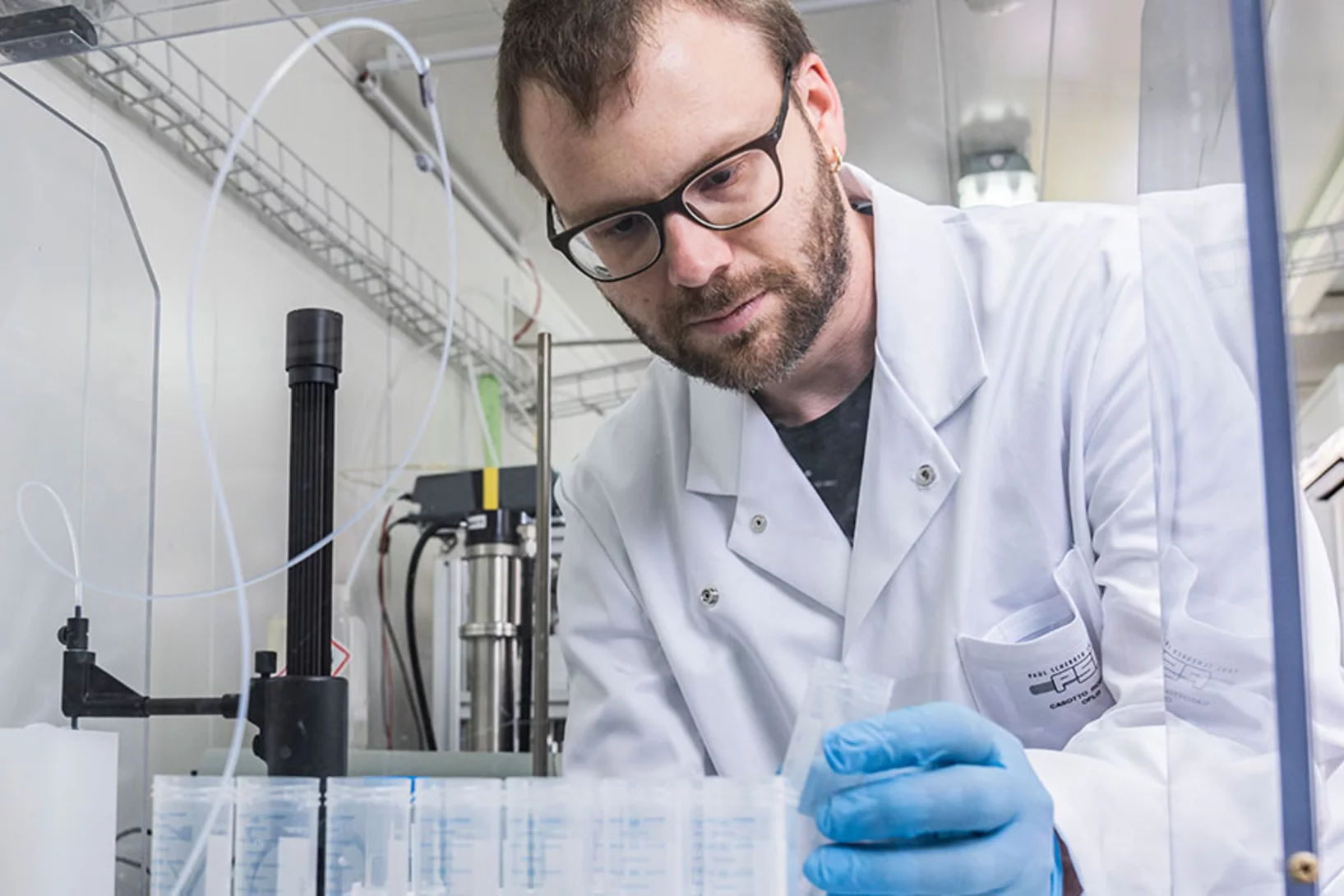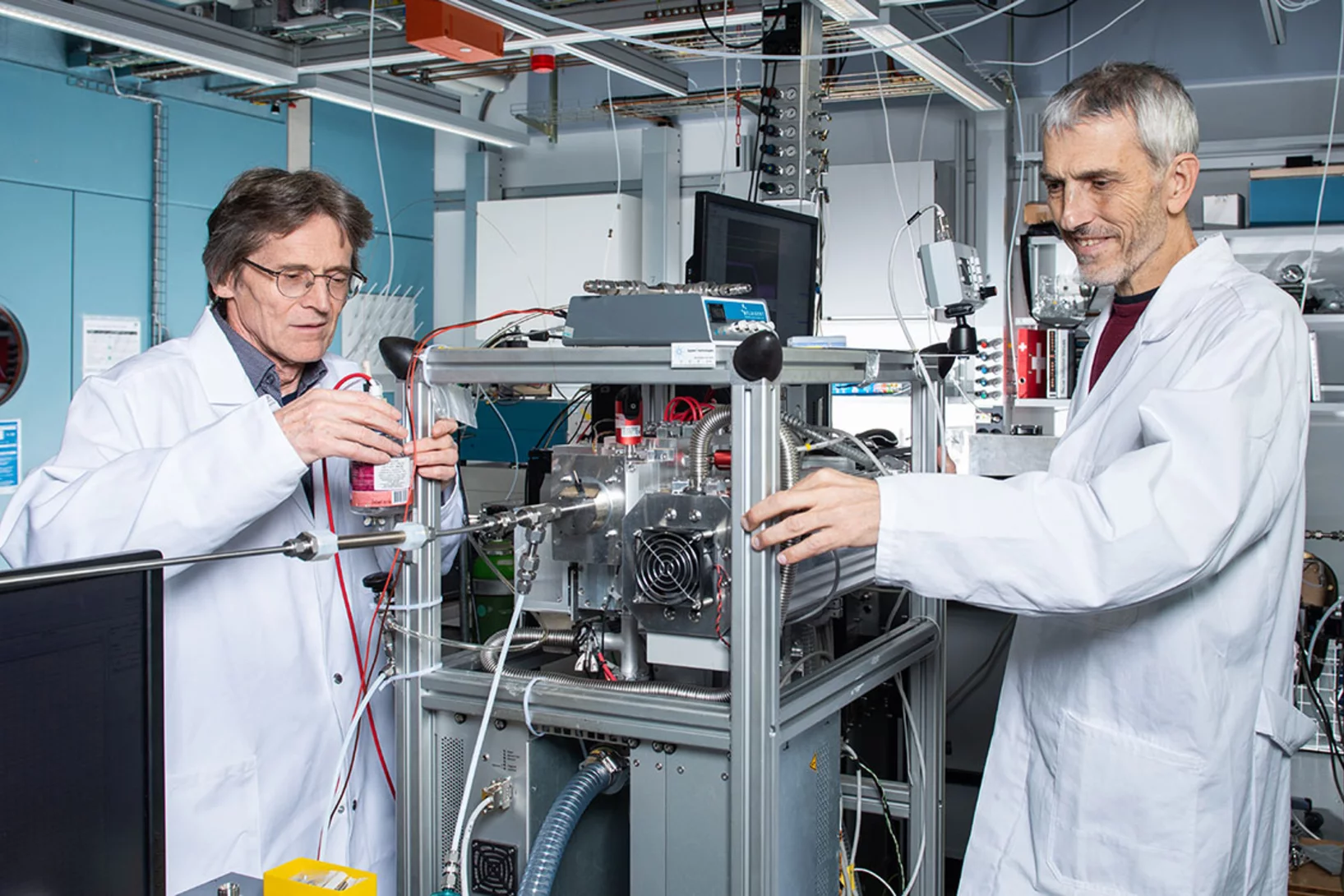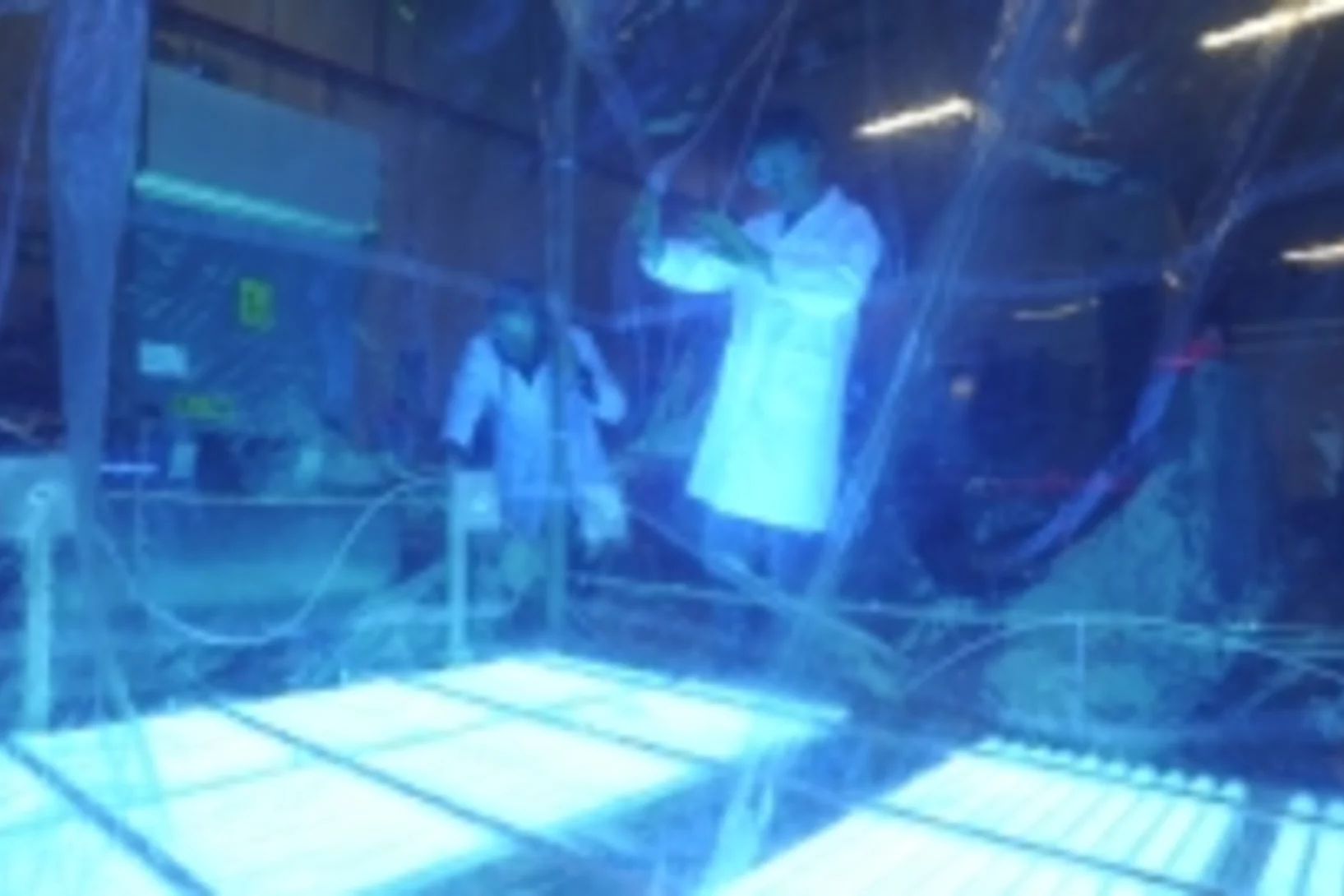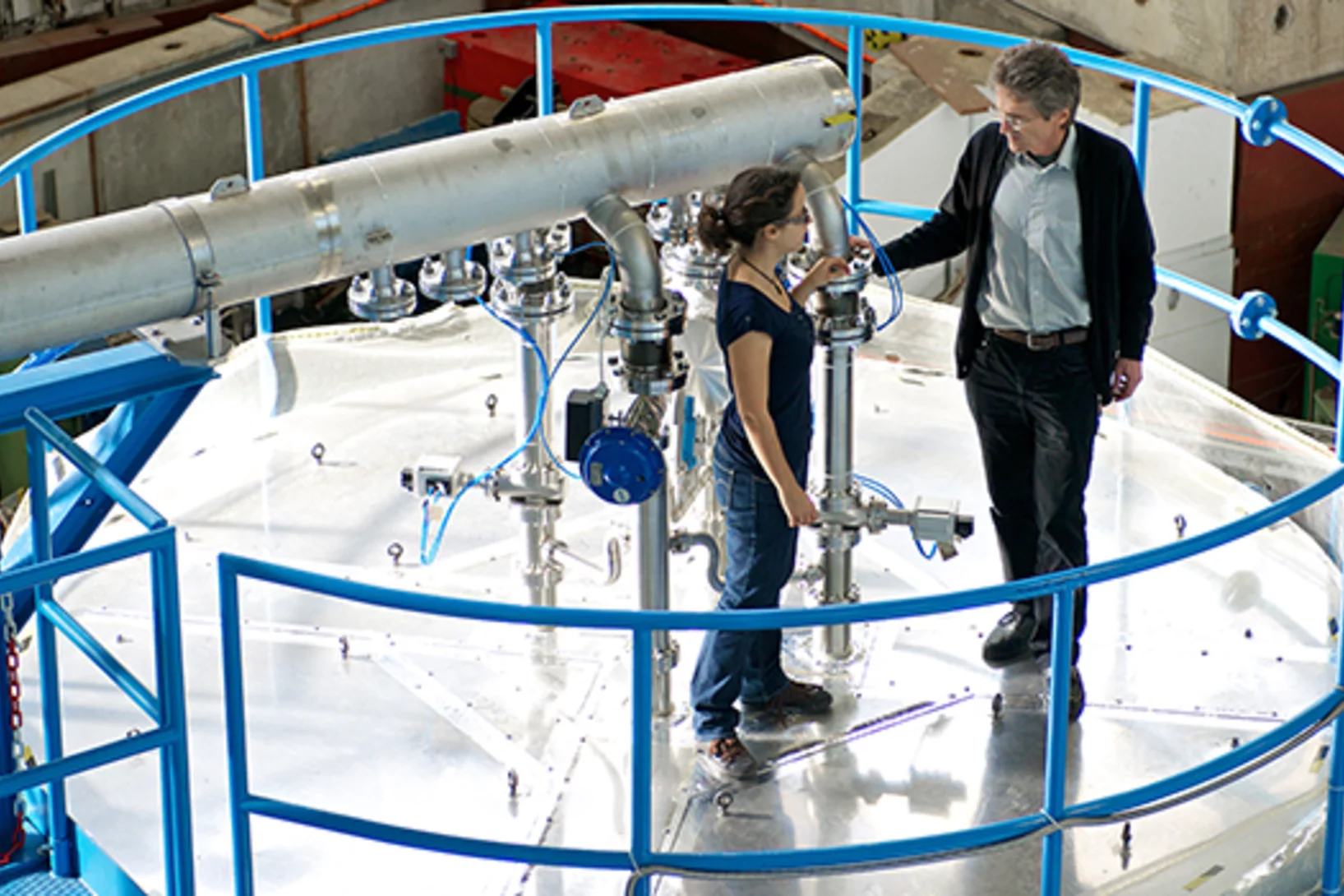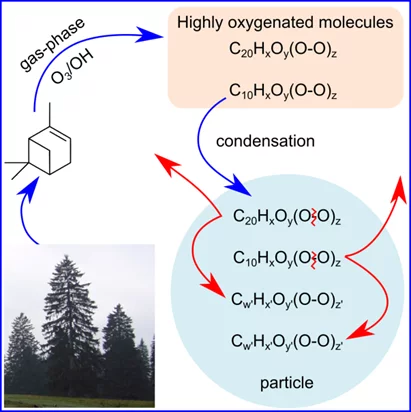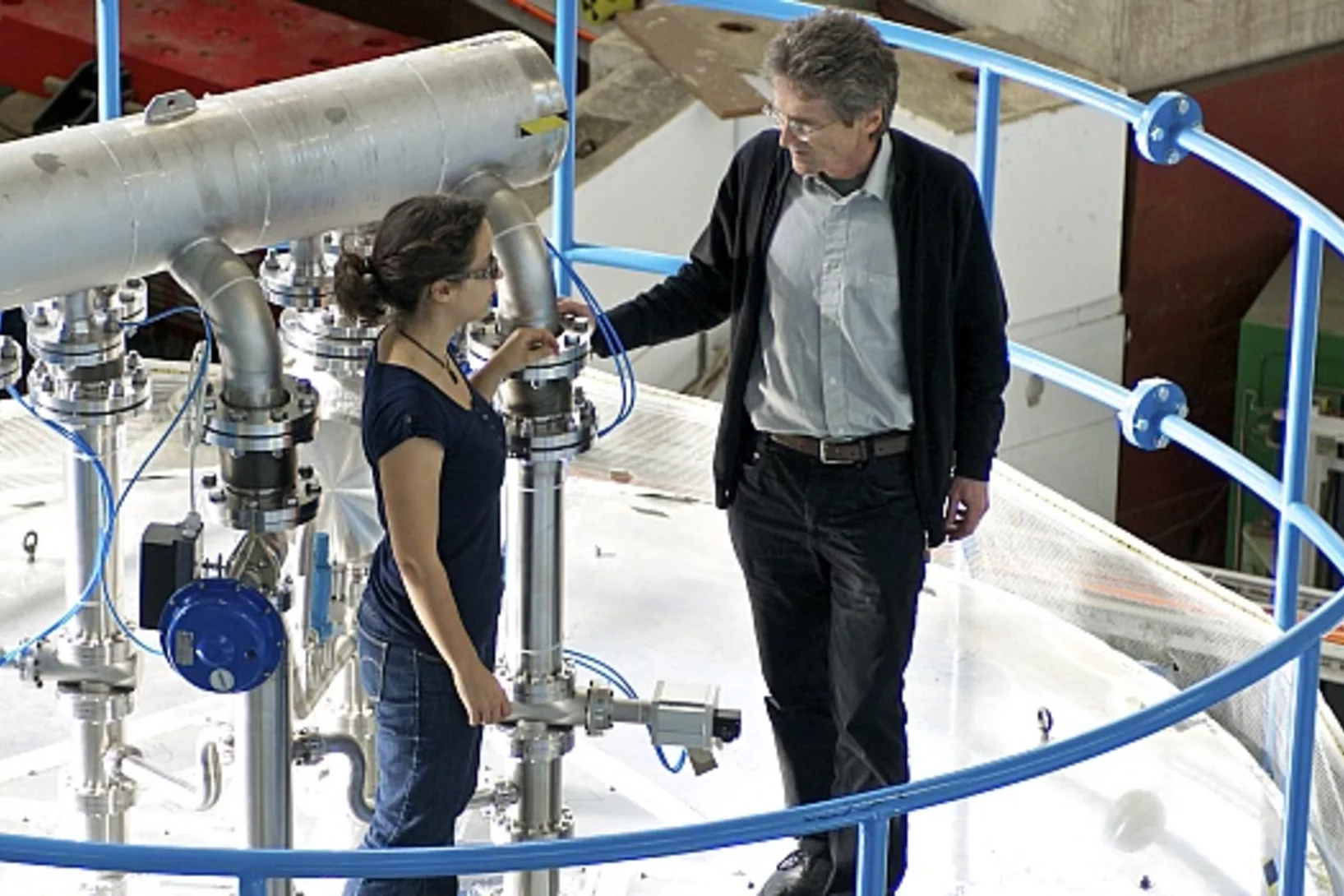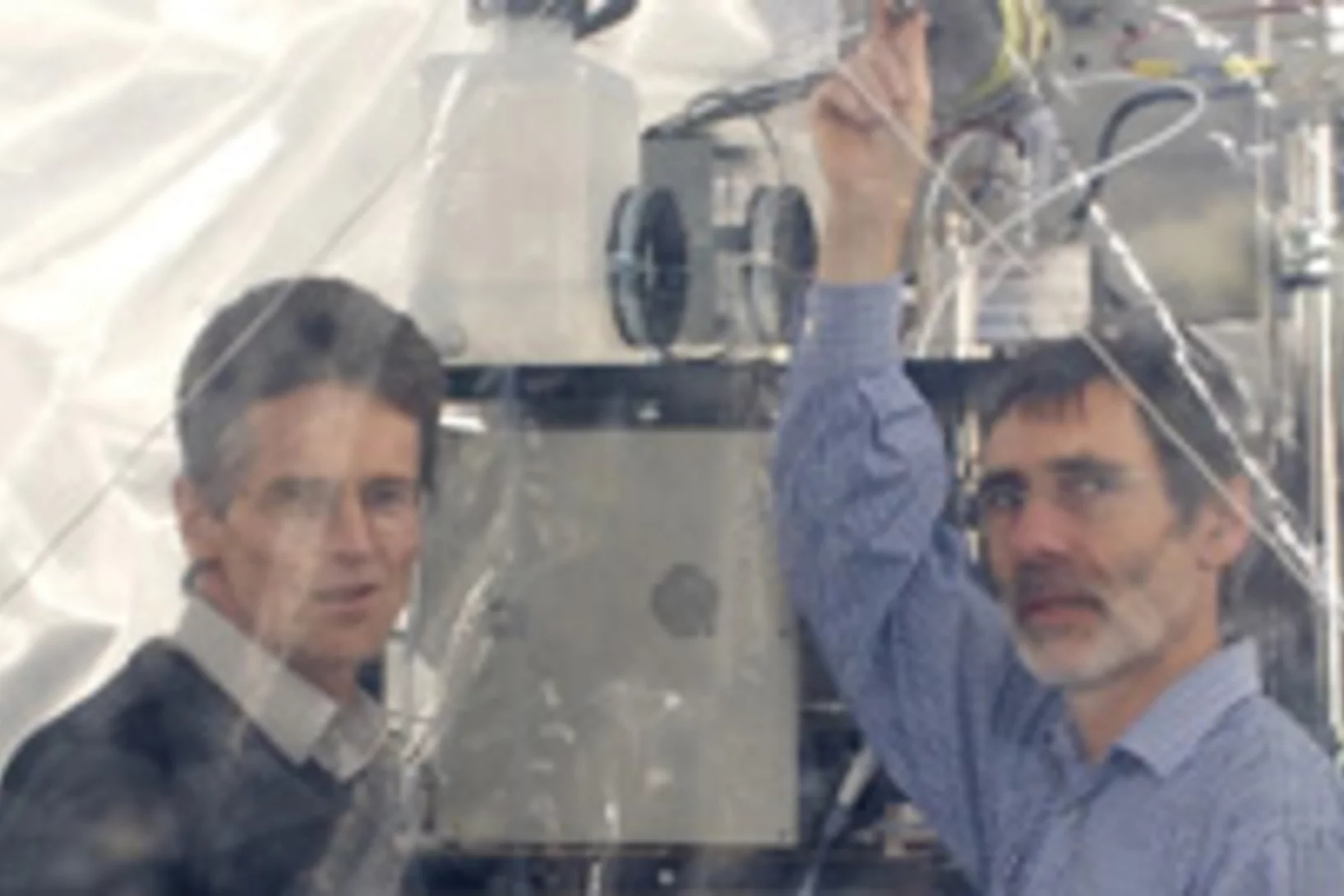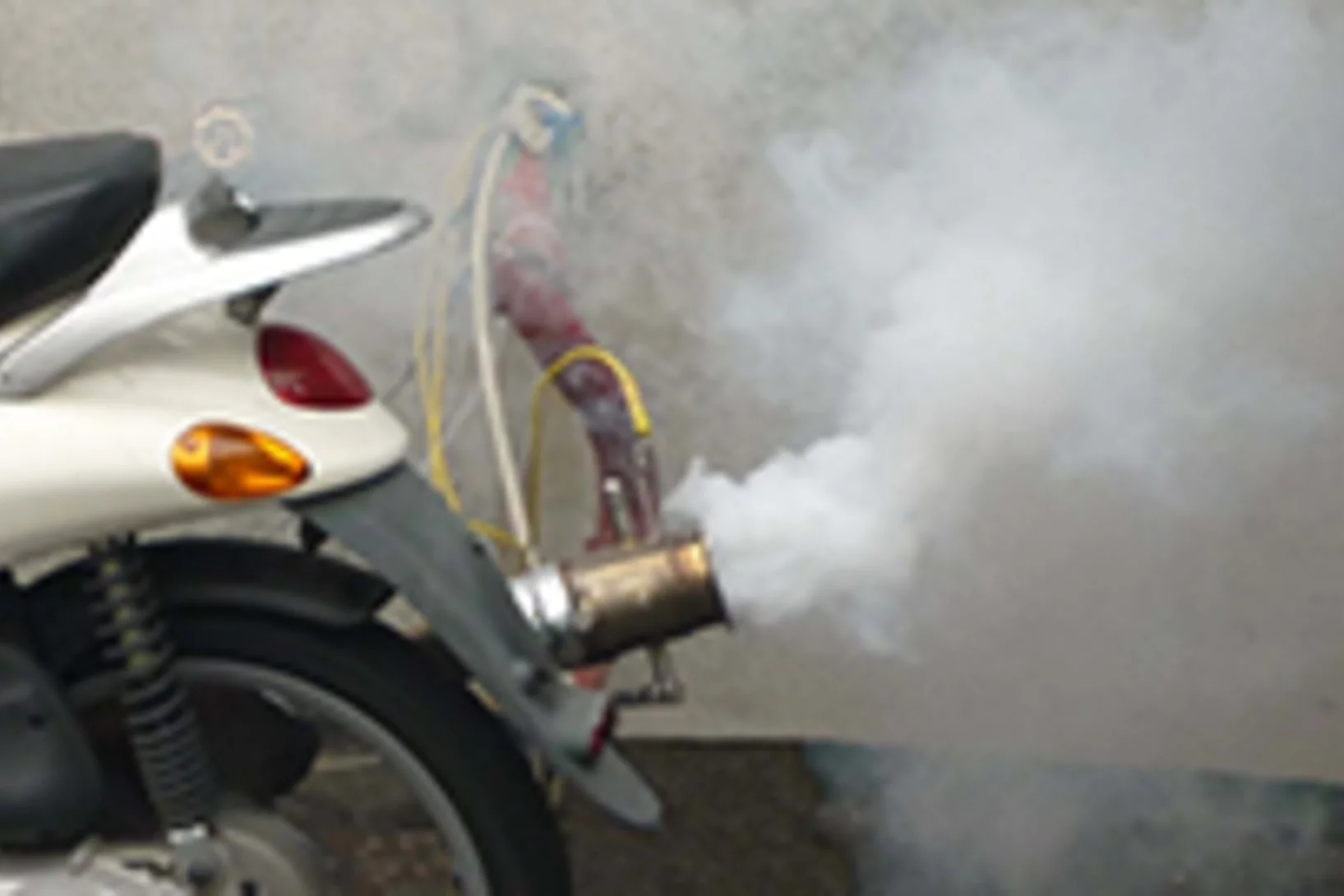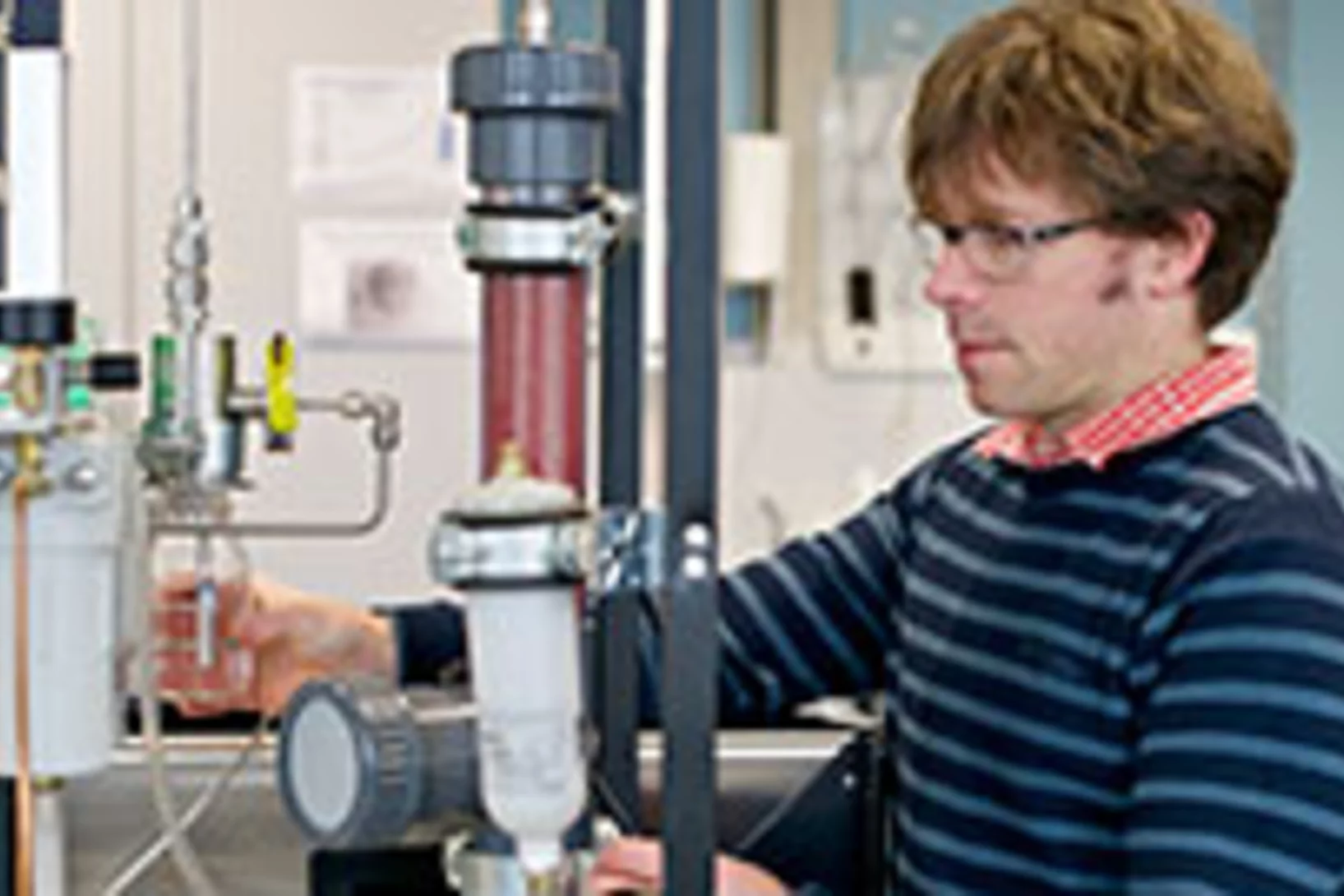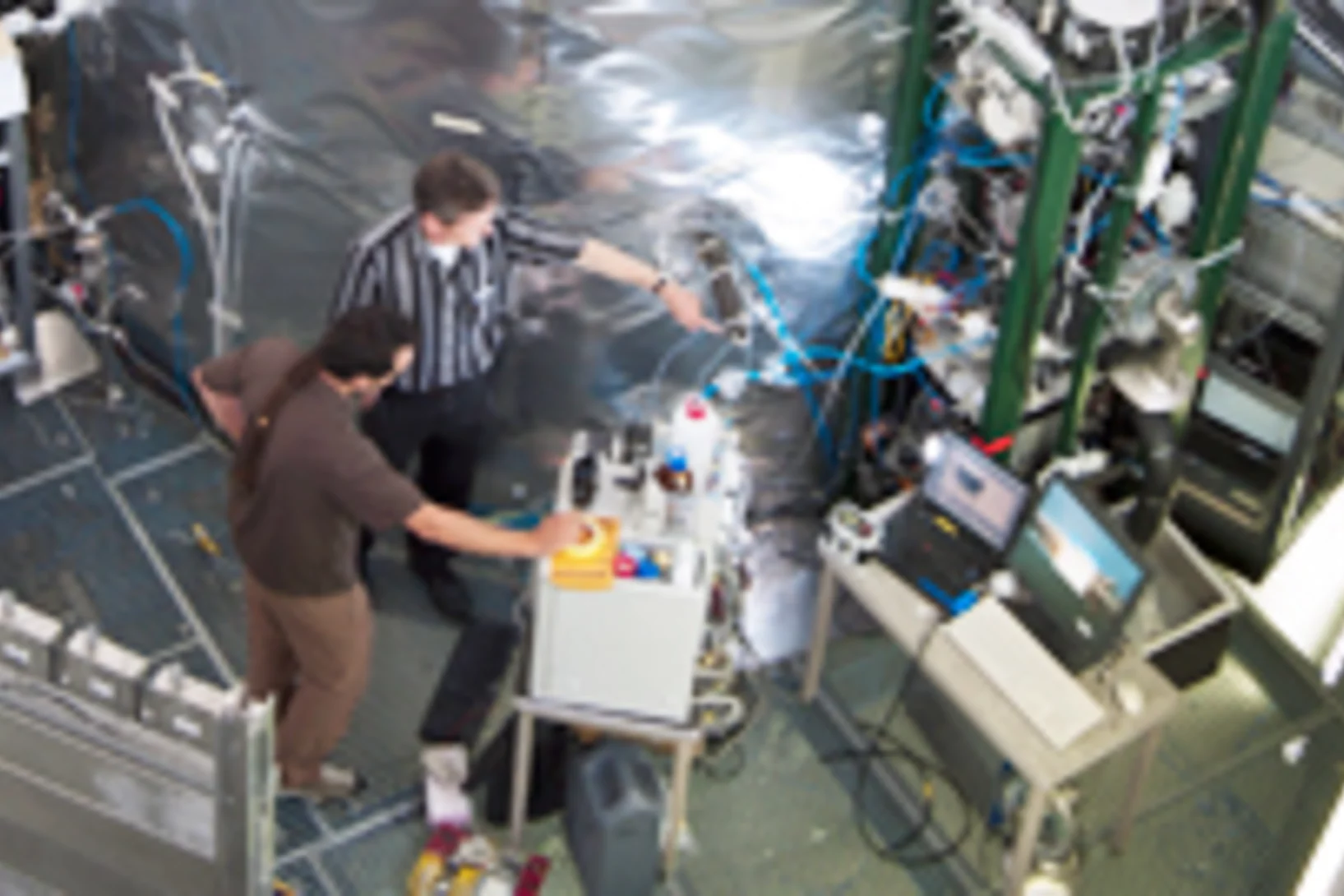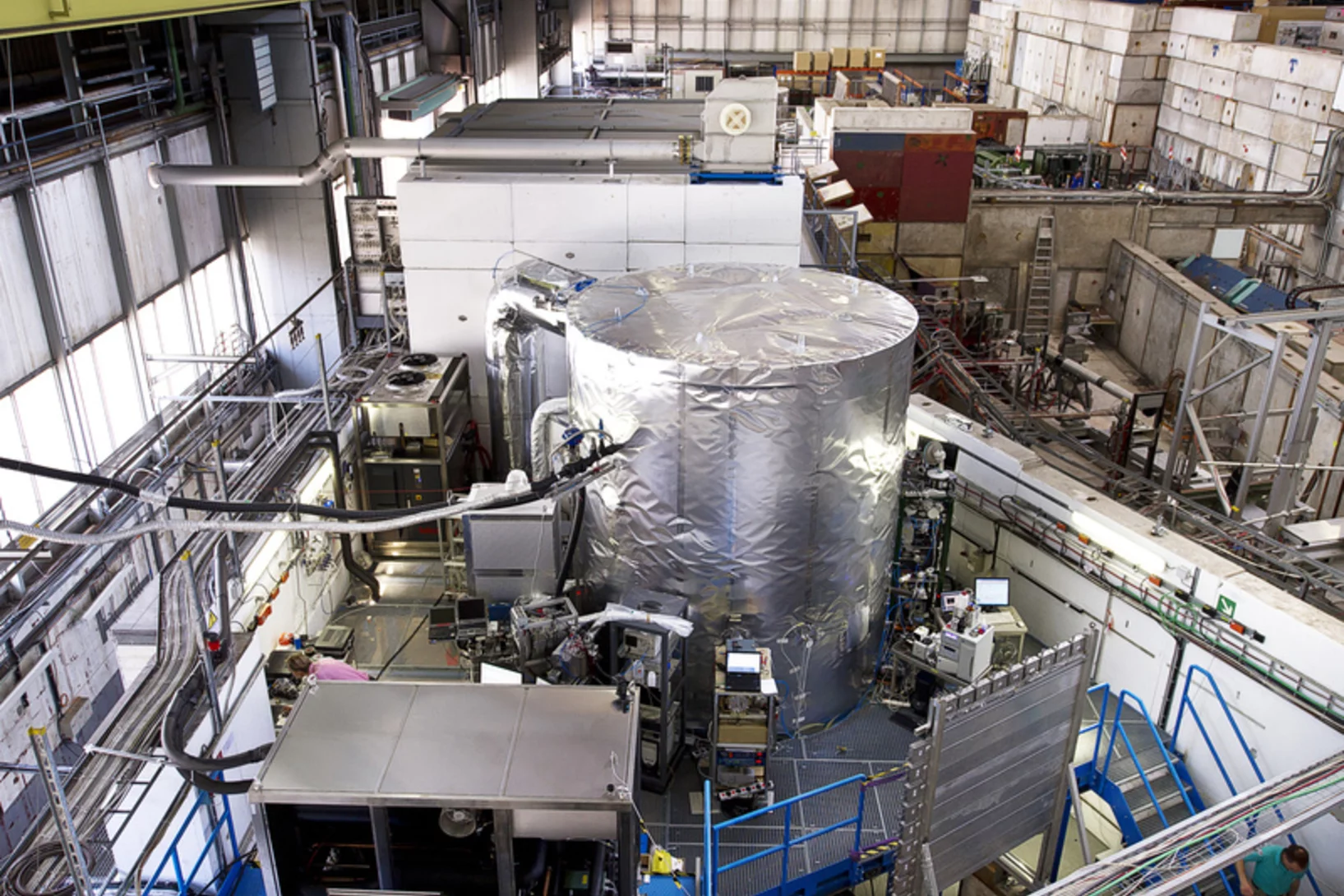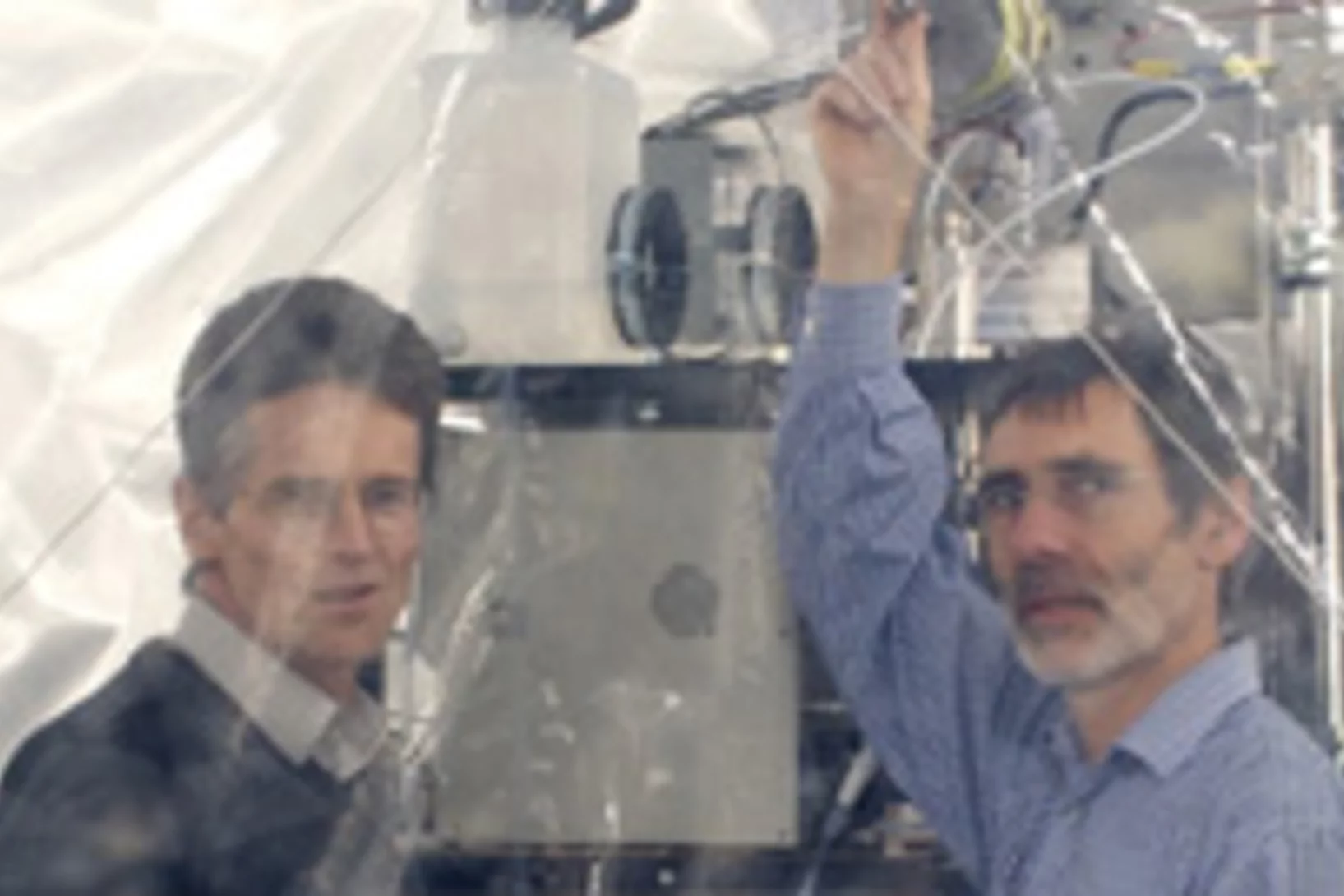Show filters
Both natural and human emissions shape cloud formation high above Earth
What happens inside the CLOUD chamber?
Study reveals: Smoke from crop residue burning worsens air pollution in Indian cities
Identifying the main source of air pollution in Indian cities is crucial to reducing the many deaths caused by fine particulate matter (PM₂.₅) – deaths that during the harvest season can account for up to half of all air pollution-related fatalities. An international research team lead by the Paul Scherrer Institute (PSI), funded by the Swiss Agency for Development and Cooperation (SDC) has investigated in detail the sources of the organic components of fine particulate matter in the northern Indian cities of Delhi and Kanpur, located in the Indo-Gangetic Plain. Using novel high-resolution molecular measurement techniques and advanced data analysis, the researchers were able to precisely identify and quantify the sources of organic fine particulate matter.
Pollutants often originate in the air
In the CLOUD experiment at CERN, PSI researchers have measured with unprecedented precision how harmful organic air pollutants are formed and dispersed.
Preparing the Future of PSI Large Facilities in Atmospheric Research
The Multiphase Chemistry Group in the Laboratory of Atmospheric Chemistry (LAC) looks back to a nearly 20 years record of activities with in situ X-ray photoelectron spectroscopy (XPS) and in situ scanning transmission X-ray spectromicroscopy (STXM) to address key fundamental questions in atmospheric chemistry. This is the time to consider new horizons, align with current and future needs in atmospheric sciences, and to identify novel opportunities driven by upcoming trends in methods, technologies and facilities. This has been the topic of the Workshop ‘X-ray and Neutron Spectroscopy, Scattering and Imaging in Atmospheric Chemistry’, held at PSI 13 – 15 November 2024.
Sources of smog in Beijing identified
Researchers at PSI are investigating the wide range of causes underlying smog in Beijing.
How to clean up New Delhi’s smoggy air
PSI researchers are tracking down pathogenic aerosols in India.
How trees influence cloud formation
Researchers at PSI have taken a closer look at a previously disregarded factor in the formation of clouds. This could improve the accuracy of climate forecasting.
Extreme nighttime pollution in New Delhi air explained
PSI researchers find the cause of high nighttime air pollution in New Delhi
European map of aerosol pollution can help improve human health
Researchers have measured and determined the sources of aerosol pollution at 22 locations in Europe.
PSI maintains its leading role in the CLOUD experiment at CERN
The CLOUD experiment at CERN will be recreating particle formation in key regions of the globe to understand the effects of these particles on regional climates
Successful Ambizione Grant Applicant
Kaspar Dällenbach, Scientist at the Laboratory of Atmospheric Chemistry (LAC) at the Paul Scherrer Institute (PSI) was granted the Ambizione Grant 2020 with his project “Particulate air pollution sources in low-income megacities (PRESSING)”.
Successful Ambizione Grant applicant
Patrik Winiger, Research Grant Advisor and Project Manager at ETH Zurich, successfully applied for the Ambizione Grant 2020 with the project “Macromolecular Aerosols in the Cryosphere from the Arctic to the Alps – MACrAA”. The idea was developed together with the Laboratory for Atmospheric Chemistry (LAC) at PSI. The LAC is a global leader in aerosol analytics and source identification. They own and operate a unique laboratory infrastructure with various instruments and multiple aerosol simulation chambers available for researchers.
Aerosol formation in clouds
How chemical reactions in clouds can influence the global climate.
Which particulate air pollution poses the greatest health risk?
The composition of particulate matter can influence its harmfulness to human health just as much as the amount, PSI researchers show in a newly published study. Experiments and computational modelling showed that in Europe high concentrations of particulate matter harmful to human health occur mainly in metropolitan areas.
Newly discovered rapid particle growth rates may be the answer to the mystery of aerosol formation in urban smog
Aerosols, suspended particles or droplets, play a key role in Earth’s atmosphere’s energy balance. They can also result in smog formation in cities, which leads to low visibility and serious health risks for the population. A recent study published in Nature outlines a newly discovered mechanism that may play a key role in the continued survival of particles in wintertime smog.
First-time direct proof of chemical reactions in particulates
Researchers at the Paul Scherrer Institute PSI have developed a new method to analyse particulate matter more precisely than ever before. With its help, they disproved an established doctrine: that molecules in aerosols undergo no further chemical transformations because they are enclosed in other particulate matter.
Gasoline cars produce more carbonaceous particulate matter than modern filter-equipped diesel cars
In contrast to nitrogen oxides, modern gasoline cars emit much more cancerogenic primary soot (black carbon + primary organic aerosol) and lead to more toxic secondary organic aerosol than modern diesel vehicles.
The substances that brighten up the clouds
Clouds consist of tiny droplets. These droplets form when water condenses around so-called aerosols – small particles in the atmosphere. To understand how in turn aerosols come into existence scientists have now created a comprehensive computer model simulation based on profound experimental data. This simulation revealed that in addition to sulphuric acid, two other substances are crucially involved in the formation of aerosols: organic compounds and ammonia. These results have now been published in the renowned journal Science.
Labile peroxides in secondary organic aerosol
Aerosols, suspended fine liquid or solid particles in the air we breathe, play a central role in many environmental processes through their influence on climate, the hydrological cycle, and their adverse effects on human health. While the mechanisms by which aerosol particles affect our health remain uncertain, the atmospheric oxidation of organic vapors has been shown to be related to the formation of oxygenated organic matter with high oxidative potential, the so-called reactive oxygen species (ROS).
Present-day measurements yield insights into clouds of the past
Researchers have shown how fine particles are formed from natural substances in the atmosphere. These findings will improve our knowledge about clouds in the pre-industrial era and thus will contribute to a more accurate understanding of both the past and future evolution of our climate.
Recognition as 'Highly Cited Researchers'
Two researchers of the Laboratory of Atmospheric Chemistry at PSI were recognized by Thomson Reuters as Highly Cited Researchers 2015. Their published articles rank in the top 1% most cited articles in their subject field for the year of publication.
Particulate matter from modern gasoline engines damages our lungs
For years, studies have proved that fine dust from petrol engines can damage our health. Modern engine technology does not help, either, as researchers from the University of Bern and the Paul Scherrer Institute (PSI) reveal.
Unassuming rampant polluters on two wheels
In some towns small mopeds cause more air pollution than carsNot cars or trucks, but mopeds with their two-stroke engines are the main source of fine particles and other air contaminants in many towns in Asia, Africa and southern Europe. This is revealed by the study of an international research team headed up by researchers at the Paul Scherrer Institute PSI. The reasons for the high emissions are the combustion properties in two-stroke engines and the overly lenient emission requirements for small two-wheelers. The study findings are to be published on 13 May 2014 in the journal Nature Communications.
Experiments in the clouds – how soot influences the climate
PSI-researcher Martin Gysel receives prestigious European funding (ERC Consolidator Grant) for his studies on the role of soot in cloud formation and global warming.
Particle formation in the atmosphere – further aspect unveiled via the CLOUD experiment at CERN
Clouds consist of cloud droplets that are formed from tiny particles floating in the atmosphere. How these particles develop, however, largely remains a mystery. The formation of particles from amines and sulphuric acid has now been described for the first time à a milestone in atmospheric research.
CCN formation mechanism in lower troposphere needs revision
Atmospheric aerosols exert an important influence on climate1 through their effects on stratiform cloud albedo and lifetime and the invigoration of convective storms. Model calculations suggest that almost half of the global cloud condensation nuclei in the atmospheric boundary layer may originate from the nucleation of aerosols from trace condensable vapours, although the sensitivity of the number of cloud condensation nuclei to changes of nucleation rate may be small. Despite extensive research, fundamental questions remain about the nucleation rate of sulphuric acid particles and the mechanisms responsible, including the roles of galactic cosmic rays and other chemical species such as ammonia. Here we present the first results from the CLOUD experiment at CERN.
The mass concentration of volcanic ash from Iceland in European airspace
Data of the Paul Scherrer Institute from the High-Alpine Research Station Jungfraujoch yield important information.The eruption of the volcano Eyjafjallajokull in Iceland has stalled flight traffic in large parts of Europe. Decision makers had to base their decisions mainly on model calculations for the volcanic plume dispersion. How dangerous is this volcanic ash layer for planes?
News from the smog chamber: mechanisms of particle formation in the atmosphere unveiled
Up to the present time, the nucleation or new formation of particles in the atmosphere has been a great enigma. Until recently, research was based on the assumption that sulphuric acid played the central role in particle formation. However, laboratory experiments and field tests have consistently provided conflicting results. In the lab, considerably higher concentrations of sulphuric acid are required for nucleation to take place than in the atmosphere itself. Now scientists from the Paul Scherrer Institute (PSI) have found out the cause for these conflicting results from their smog chamber. These findings will advance climate research to a significant degree.
Mystery solved: how fine particulates are formed in the air
Researchers from the Paul Scherrer Institute, the University of Colorado and 29 other research institutions in various countries have investigated the composition of the organic constituents of the fine particulates found in various regions of the world, and have identified the original substances from which they are formed in each case. For the first time ever, this has enabled them to explain the role played by the individual components of emissions in the development of fine particulates.



